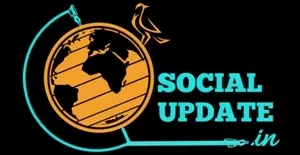Feature
Tanabata, The star festival
Tanabata is one of five traditional Japanese seasonal holidays (gosekku), which originated in China and were first observed by Japan’s ancient royal court. The starry celebration is focused on the stars Vega and Altair in the constellations Lyra and Aquila, respectively.
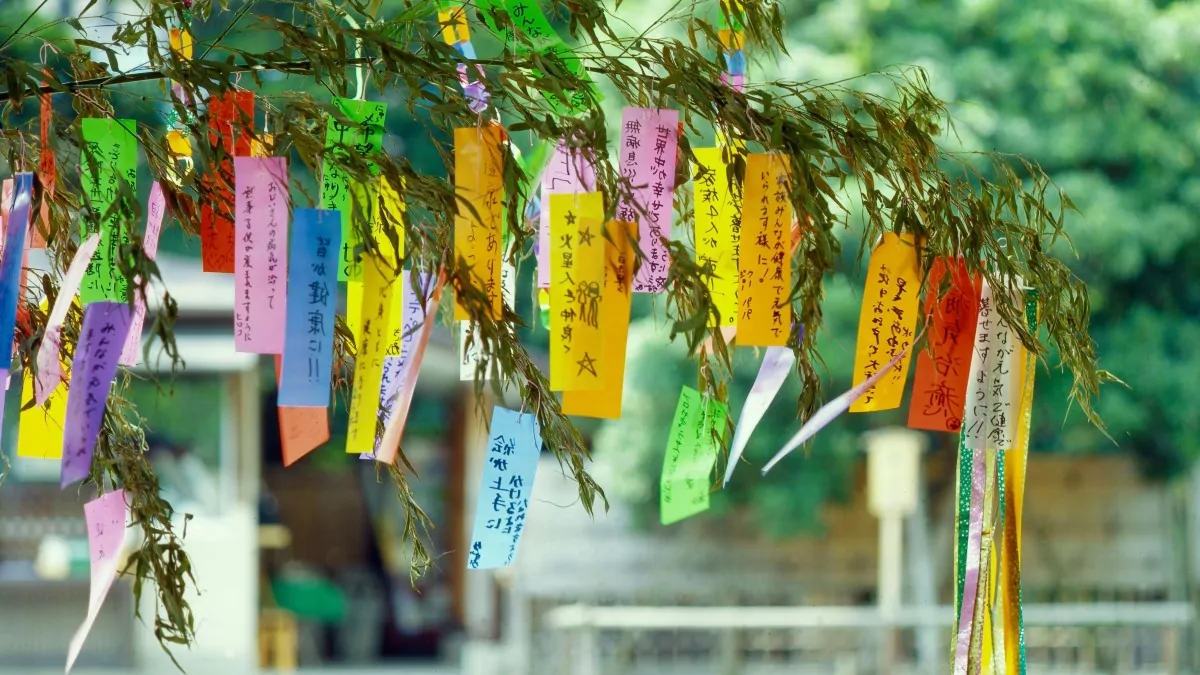
Tanabata means “the evening of seventh” which is observed on July 7th every year. This festival is based on a beautiful tale, the story of two lovers-star, the weaver star and the cowherder star. These two stars are used to traverse on the Milky Way every year for reunion which is the symbol of ancient and divine love. In Japan, the lovers are celebrated this festival to make their bonding of love to live long. Not only the lovers, this star festival is a wholesome celebration for the people of Japan.
Vibrant ornaments, long, narrow strips of colorful paper and other decorations are hung from bamboo branches, enlivening the decor of homes brightening shopping arcades, train stations, and other public spaces. They used to write wishes on the colourful paper which is called as tanzaku. They believe that their wish will be fulfilled by the blessings of the stars.
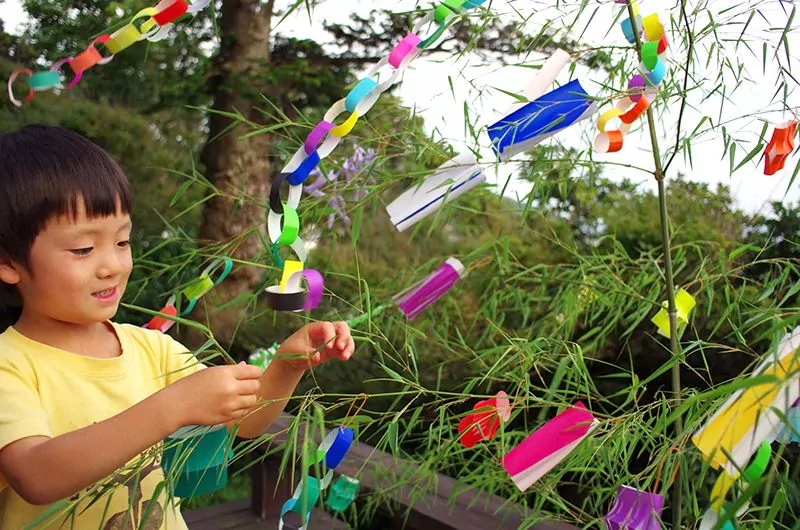
Tanabata is one of five traditional Japanese seasonal holidays (gosekku), which originated in China and were first observed by Japan’s ancient royal court. The starry celebration is focused on the stars Vega and Altair in the constellations Lyra and Aquila, respectively. According to the traditional Chinese lunar calendar, the ceremony honors the once-yearly meeting of Orihime (Vega), the weaver star and patron of silk cultivation, and Hikoboshi (Altair), the cowherd star and agricultural messenger.
The story tells that the seamstress, Princess Orihime, sewed lovely robes by the heavenly river, which was represented by the Milky Way. Orihime felt depressed and gave up hope of ever finding love because she worked so hard weaving lovely clothing. Her father, a God of the Heavens (the king of sky), adored her and set up a meeting for her with Hikoboshi, a cow herder on the other side of the Milky Way. They instantly fell in love and married.
Orihime stopped weaving and Hikoboshi let his cows explore the heavens because of their love and devotion. Orihime’s father became enraged and barred the lovers from being together, but Orihime begged him to let them stay together. He loved his daughter so much that he declared that the two star-crossed lovers could only meet once a year, on the 7th day of the 7th month, if Orihime resumed her weaving. They found the river (Milky Way) too tough to cross on the first day they were to be reunited. Orihime grew so depressed that a group of magpies came to her aid and built her a bridge. The magpies will not come if it rains on Tanabata, and the two lovers will have to wait another year to be reunited. That is why people of Japan wish for clear sky on that particular day to make their reunion successful.
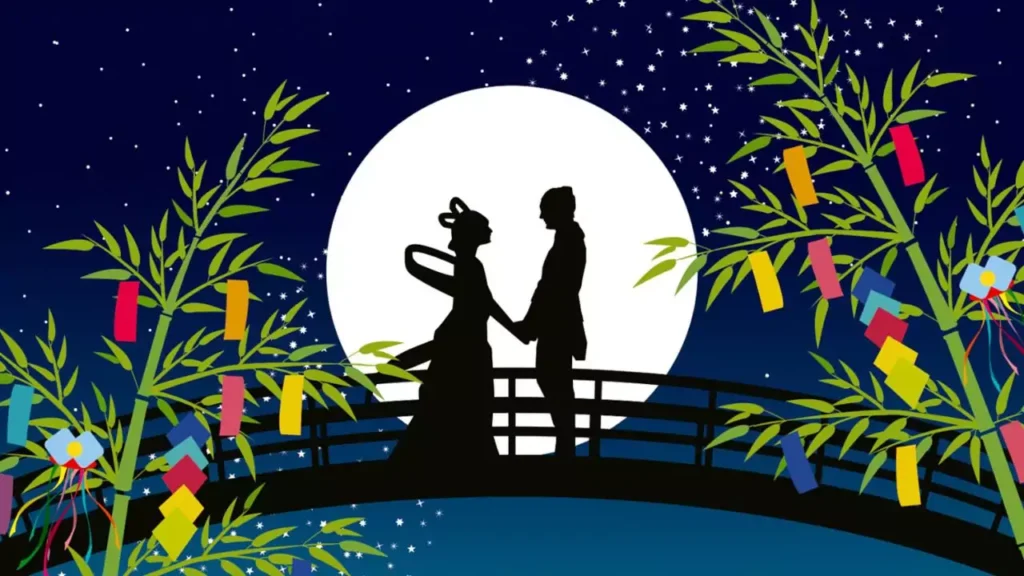
The Sendai Tanabata Matsuri, held in Miyagi Prefecture from August 6 to 8, is one of the largest Tanabata festivities. On August 5, the festival generally begins with fireworks. Other places have their own customs. Music and dance performances are conducted at the Shnan Hiratsuka Tanabata Matsuri. Tanabata is commemorated in Osaka by erecting a “Milk Way” and launching thousands of blue lights into the Okawa River. A procession is part of the Anj Tanabata Matsuri, which takes place in August in Aichi Prefecture.
Tanabata festival used to represent their own traditinal food. The food stalls are called Yatai. During the festival event in the summer, cold smen noodles are popular. The Milky Way, as well as Orihime’s threads, are represented by these long, thin noodles. They’re usually served with a mild dipping sauce and star-shaped slices of boiled okra for the kids. Takoyaki, or “octopus balls,” are another popular dish during Tanabata. They’re fried dough balls with octopus bits within. Another option is Yakitori, which are grilled chicken skewers seasoned with salt or a sauce. Also available are Okonomiyaki, savoury pancakes with ingredients and toppings that vary by area. Last but not least, there’s Yakisoba, which consists of stir-fried noodles with meat and/or vegetables served in a sweet and savoury sauce.
Tanabata is a national holiday in Japan. The origins of this “Star Festival” can be traced back two thousands of years to a fable about two star-crossed lovers.
Feature
The Man Who Survived Two Nuclear Bombs
‘The Man’ is Tsutomu Yamaguchi. He survived both Hiroshima and Nagasaki bombings. He wan born in 1996, 16th March. He was an ordinary man. But his fate changed during world war II.

Estimated reading time: 3 minutes
The man who survived two nuclear bombs! Is it even really possible? How can a normal human being survive two nuclear bombs? If someone survives two nukes, isn’t he the luckiest man? Surprisingly, it is a true fact. But was he lucky or not, is just a point of view.
‘The Man’ is Tsutomu Yamaguchi. He survived both Hiroshima and Nagasaki bombings. He was born in 1996, 16th March. Mr. Tsutomu was an ordinary man. But his fate changed during world war II.
Although a total of 70 people are known to have affected by both Hiroshima and Nagasaki bombing. Tsutomu Yamaguchi is the only man officially recognized by the Japanese Government as the survivor of both attacks.
At that time Mr. Tsutomu was only 29 years old. By profession he was a marine engineer for Mitsubishi Heavy Industries. Although he was a resident of Nagasaki, on August 6, 1945 he was in Hiroshima for business trip. It was the last day of his three months long trip. He was working on designing a new oil tanker in Hiroshima.
Around 8.15 AM, Tsutomu was walking towards Mitsubishi’s shipyard and he noticed something in the sky. It was an American B-29 bomber. All of a sudden a flash, brighter than anything he could ever imagine engulfed the city. The “Little Boy” was dropped. He just dived into a ditch to save his life. The shock wave from the explosion threw him into the air like a ball. He was only two miles from the ground zero.
Later in an interview with a British newspaper, he said,
“I think I fainted for a while. When I opened my eyes, everything was so dark, and I couldn’t see much. It was like the start of a film at the cinema, before the picture has begun when the blank frames are just flashing up without any sound.”
After the blast settled, he walked to their headquater. The headquater was destroyed. But he managed to find two of his coworkers who also survived the blast. Tsutomu and another two (Akira Iwanaga and Kuniyoshi Sato) spent that night in an air raid shelter. Next day (7th August, 1945) they went to the railway station, somehow it was working. He took the train to his home town, Nagasaki. He thought the destruction was over.

After reaching Nagasaki, he visited a hospital. There he received treatment for his burns. On 9th August, with his miserable health condition, he reported to work. Nagasaki office of Mitsubishi Heavy Industries, demanded a full report on Hiroshima. He tried to explain everything to his supervisor. He told his supervisor, one bomb had destroyed the whole Hiroshima. But the company supervisor called him crazy. Just as he said that, the American bomber Bockscar dropped the “Fat Man” over Nagasaki. But this time he was unharmed by the explosion.
In his later life he and his wife gave birth two daughters. They were healthy at the time of their birth, but encountered health issues in their late teenage life. His wife and son both died of cancer, may be due to the radiation from bombing. Mr. Tsutomu, the man who survived two nuclear bombs, lived for 93 years. He died of stomach cancer on 4th January, 2010.
-
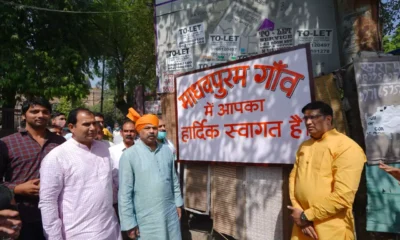
 Country4 years ago
Country4 years agoRenamed: Delhi’s Mohammadpur village newly named Madhavpuram
-
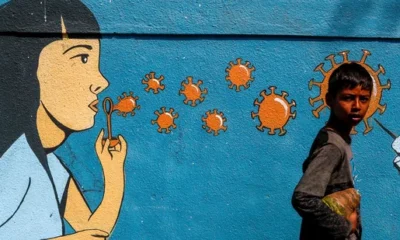
 Country4 years ago
Country4 years agoDon’t want a rise again… (COVID19)
-
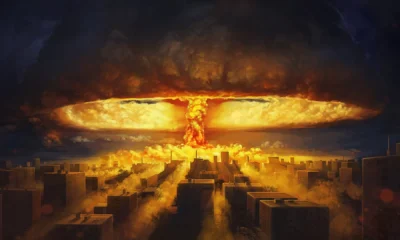
 Feature4 years ago
Feature4 years agoThe Man Who Survived Two Nuclear Bombs
-

 Country4 years ago
Country4 years ago10 arrested for shouting “Pakistan Zindabad” in Jharkhand
-

 Country4 years ago
Country4 years agoA nursing officer at AIIMS Delhi suspended, due to a staffing shortage
